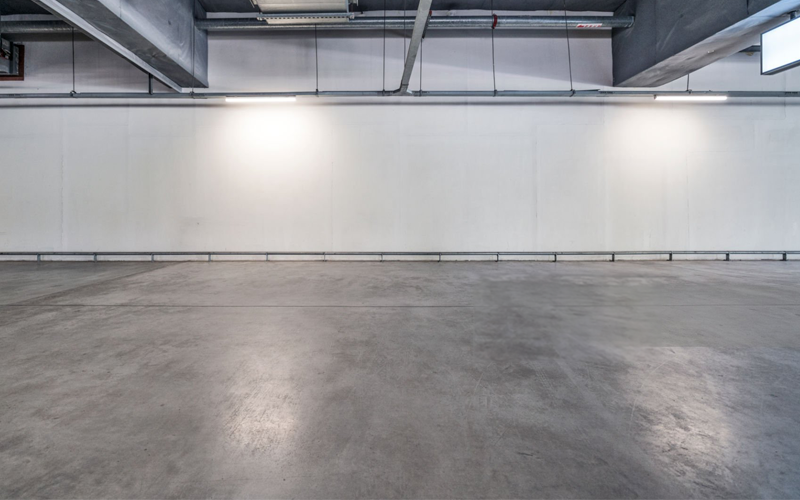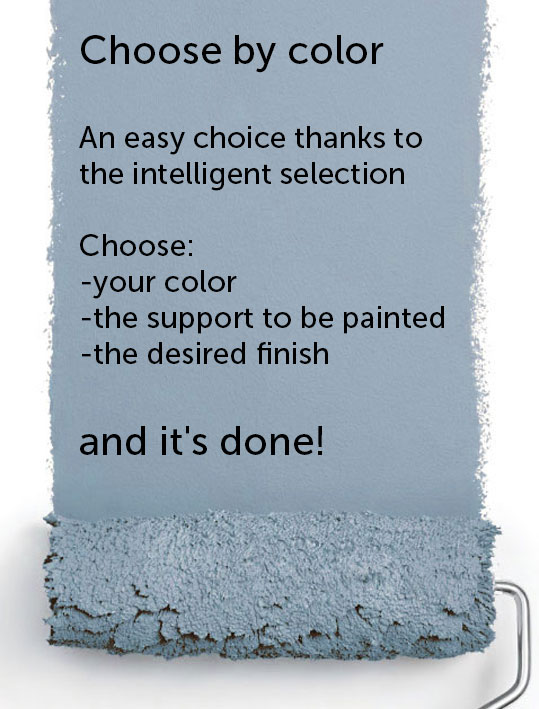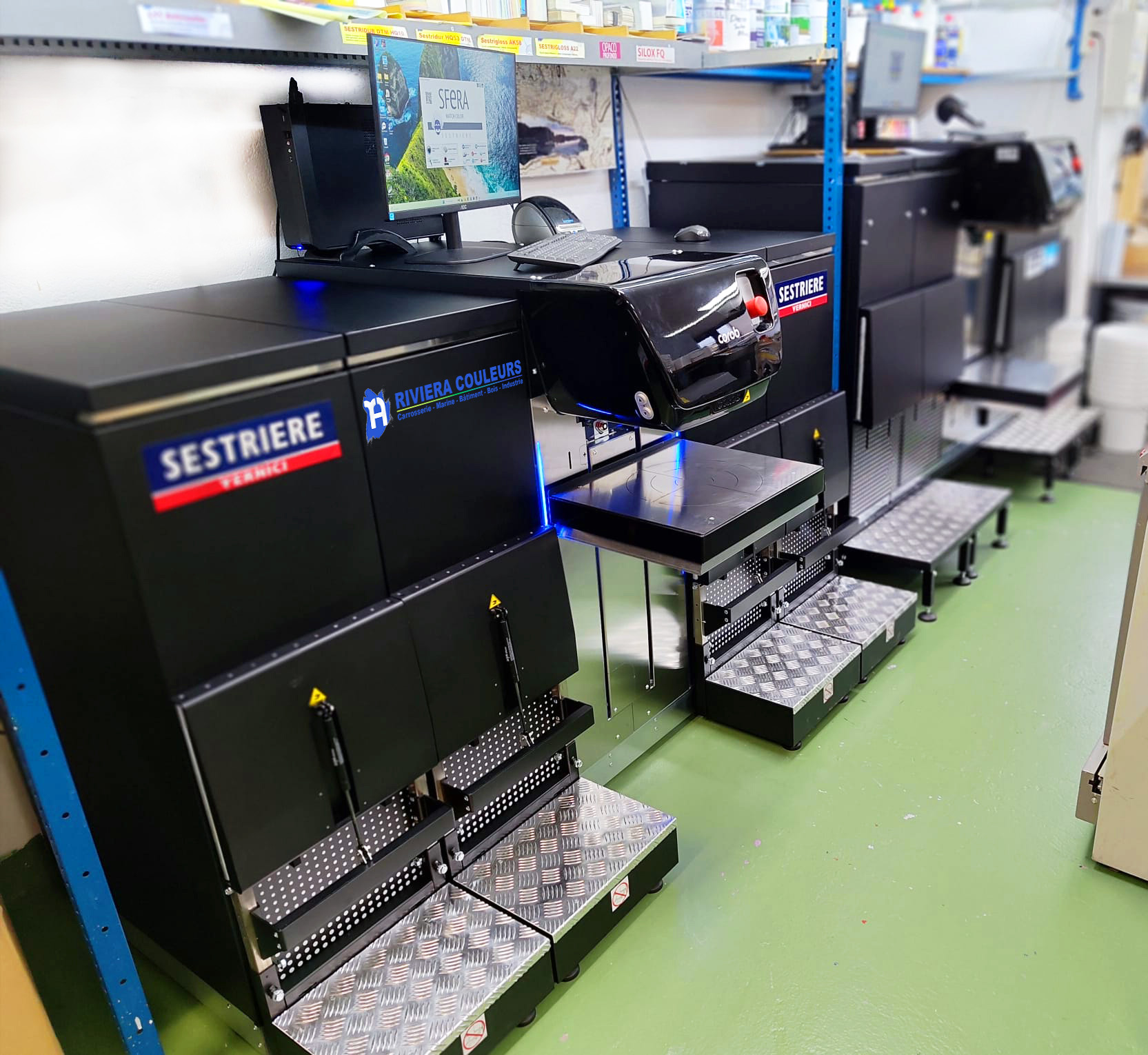Preparation and Disposal of Curing Products Before Applying Floor Paint
When it comes to painting concrete or mortar surfaces, it is essential to understand and manage curing products, also known as cure products. These paraffin emulsion curing agents are used to preserve moisture in fresh concrete or mortar, thus preventing premature shrinkage cracks during drying. However, when it is time to apply floor paint to these surfaces, it is imperative to properly dispose of these curing products to ensure optimal adhesion and long-term durability.
Recognize Surfaces Treated with Curing Products
Surfaces treated with curing products have a peculiar appearance: they may appear slightly sticky, shiny and absorbent. This appearance is due to the presence of a thin layer of paraffin which has been applied to delay the early evaporation of water in the concrete or mortar. If you are unsure whether a surface has been treated, it is recommended to check with the builder or architect. If in doubt, simple tests can be carried out.
The visual aspect can already help you recognize a surface in the presence of curing products:
Shiny Appearance: The surface may appear slightly shiny, similar to a waxed finish.
Sticky Texture: When you touch the surface, it may feel slightly sticky to the touch, as if a thin layer of adhesive substance is present.
Waxy Appearance: Visually, the surface may resemble wax, with a slight shine and some translucency.
Color or haze: Sometimes the surface may appear hazy or slightly yellowish due to treatment with curing products.
Slippery Touch: By running your hand over the surface, it can provide a subtle sliding sensation.
Recognition Test with Toluene
- Moisten a small portion of the surface to be tested with toluene.
- Dab the dampened area with a paper towel or wipe to absorb excess toluene.
- Press the soaked material onto the clean lid of a metal can.
- Allow the toluene to evaporate.
- If after evaporation a milky, slightly sticky, wax-like layer appears on the lid, it is likely that the surface has been treated with a curing agent.

Disposal of Curing Products
To prepare the surface for the application of floor paint, curing products must be completely removed. Thorough stripping is recommended to ensure the surface is free of any traces of paraffin. Here are some steps to follow:
- Choose the appropriate blasting method, such as blasting with dry ice, glass, sand or shot. These mechanical methods effectively remove paraffin while leaving the surface dry and ready to receive paint.
- Avoid high pressure hot water jet cleaning with a rotating nozzle as this can leave the surface wet, blasting as mentioned above allows the substrate to remain dry and therefore the coating can be applied immediately.
- Using phosphoric acid for cleaning surfaces treated with curing products can be effective in some cases, but it is important to consider several factors before opting for this method. Before applying phosphoric acid to the entire surface, perform a test on a small, inconspicuous area to assess its effectiveness and impact on the surface.
In conclusion, understanding curing compounds and how to properly dispose of them are crucial steps in preparing a concrete or mortar surface for floor paint application. Following these steps will ensure optimal paint adhesion and long-lasting results.






